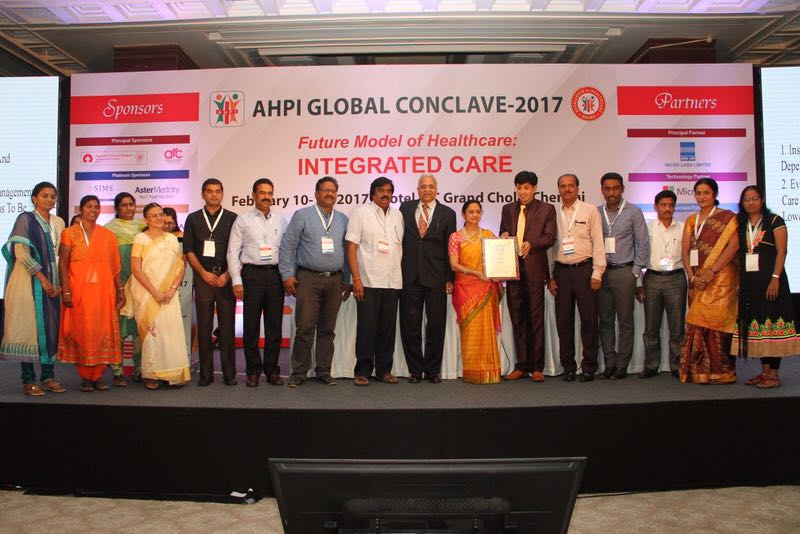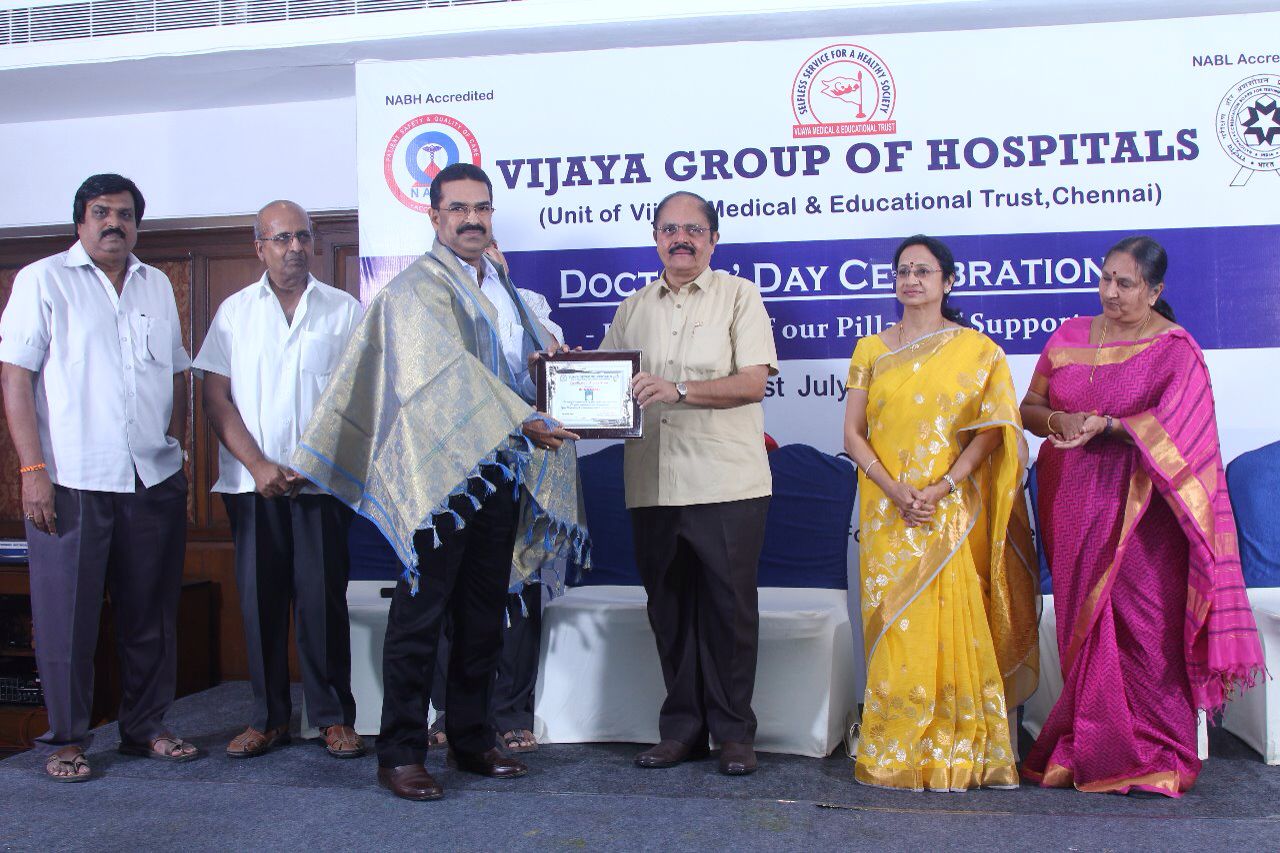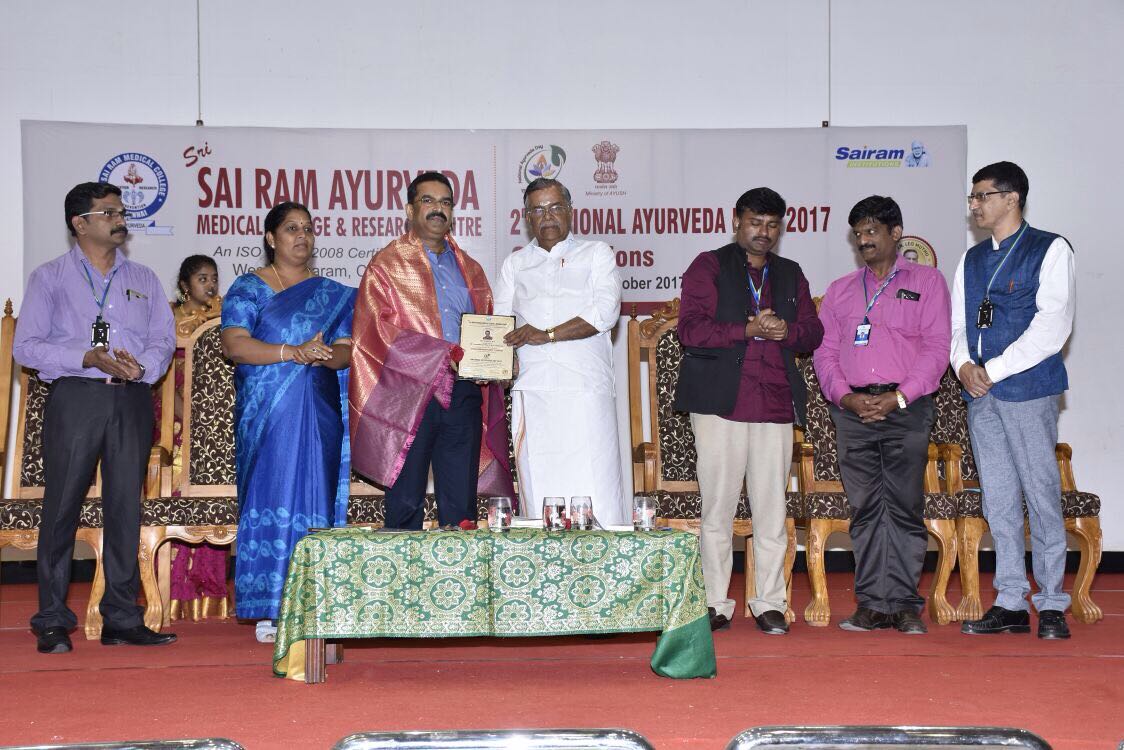A recently coined term, text neck syndrome is commonly used to refer to the pain you experience in your neck after a long day’s work on the laptop or after prolonged sessions on mobile phones, Kindles, and tabs. Yes, today’s sedentary lifestyle puts your poor neck through a lot of stress, too much typing and texting and stretching your neck muscles as you bend your heads down when on these devices. This condition is becoming increasingly common among the age group of 20 to 35 years, since people are increasingly adopting sedentary lifestyles compromising on their exercise and outdoor timings to spend more time online. As an Ayurveda doctor practicing in my Chennai clinic for decades now, I have seen a startling increase in the incidence of youngsters come to me with complaints of neck, shoulder, and upper back pain; stiffness; and even dizziness. The culprits most often are these “smart” devices.
Characteristics of text neck syndrome
This pain in the neck and stiffness, or manyasthamba, is commonly attributed to vata and ama in Ayurveda. This condition has many characteristic symptoms, but ignoring it can lead to severe complications including early-onset arthritis and unnaturally increased spine curvature in youngsters.
The early symptoms of neck pain from text neck syndrome include the following:
- Severe, intermittent pain in the neck, radiating to the shoulders and upper back.
- Stiffness and tightening neck and shoulder nerves and muscles.
- Headache and dizziness.
- Numbness of fingers.
Avoiding text neck syndrome
The best solution to avoid getting into the hassles of managing pain is to first avoid overusing these devices. Remember to take ample breaks between your busy work schedule on the laptop or hectic mobile phone-driven life.
Exercise
Learn and practice the right yoga poses to provide you some relief from your debilitating pain – from balasana to uttitha trikonasana. Learn from the experts and practice regularly to see long-term relief.
The right posture
Use ergonomic chairs and tables to correct the posture of your head and neck when online. Remember to do simple neck exercises every 30 minutes, which will give some rest to your stretched neck muscles and nerves.
Medical attention
Seek medical attention from your Ayurveda clinic that delivers Kotakkal Ayurvedic treatments.
Common Ayurvedic management approaches
- Purification through abhayangam and other massages that control the vata in the body and loosen up the impurities to eliminate them from the body.
- Nutrition control by avoiding milk and pulses and encouraging simple-to-digest foods.
- Ayurvedic formulations that enhance the muscular strength of your body and relieve pain.
- Controlling stress and taking your mind and body through a series of rejuvenating therapies that relieve stress from your system.
- Change to a healthy lifestyle in terms of disciplined sleep–wake time, food, physical exercise, posture, etc., so the body is given enough time to become strong again.
Conclusion
Text neck syndrome is entirely avoidable by following a healthy and disciplined life with controlled online time and the right posture. With support from experts in Ayurveda you can definitely reclaim your life from the pain caused by text neck syndrome.









